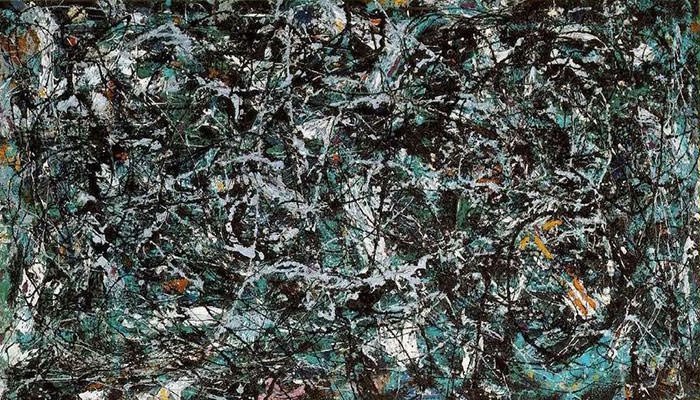| 'Interior of Antwerp Cathedral', Pieter Neefs the Elder, ca. 1640. |
Prior to this course, I had always thought
the basics of mathematics was just human nature. I had no idea that its influences, such as perspective, was something that was consciously
studied, and was a revelation when first applied at that time. Learning about
vanishing points opened my eyes to the complicity of the relationship of
mathematics and art. I was previously oblivious to the meticulous calculations
artists constructed in their works. I had always thought realistic artwork came
from artistic talent and practice, and had yet to realize the process of
creating naturalistic art. Frantz’s lesson on vanishing points presented how
vanishing points influence art, and the impact on the viewer. I was drawn to
the example of Peter Neeffs the Elder’s Interior of Antwerp Cathedral, which
when viewed from about 24 inches away, gives the sensation of being in the
cathedral to the viewer. The use of math in this work gives an actual life-like
quality to the work and increases the impact on the viewer.
 |
| Multiple viewpoints and impossible stairs: Relativity, 1953 |
Escher took the idea of vanishing points to
create scenes that would not happen in nature. Instead of applying mathematics
to create realistic art, he decided to utilize mathematical scheme of vanishing
points to give viewers a different reality of the world. Through his art and
his application of math, Escher creates “impossible images” to test the limits
of human perception.
 |
| Full Fathom Five, 1947 - Jackson Pollock |
From previous art classes, I was familiar
with Pollock’s work, and had the very common view on his works as being random
and haphazard. Ouellette’s article in Discover
explained the works in terms of fractals, and exhibits how these works
remain to be favorites, and exceed beyond simple splatters. The application of
fractals and mathematics produces art that reflects both nature and harmony.
Through the readings of this topic, I have
learned the essential relationship between science, mathematics, and art. Math
creates the common ground between science and art, and leads to both realistic
and impossible views of the world. Math generates, inspires, and constrains art
and science.
Works Cited
Abbott, Edwin. “Flatland: A Romance of Many Dimensions.”
N.p., n.d. Web. 12 Oct. 2012. <https://cole.uconline.edu/content>.
Frantz,
Marc. Viewpoints: Mathematical Perspective
and Fractal Geometry in Art. Princeton University Press, 2000.
The
Mathematical Art of M.C. Escher,
platonicrealms.com/minitexts/Mathematical-Art-Of-M-C-Escher/.
Ouellette,
Jennifer. “Pollock's Fractals.” Discover, 1 Nov. 2001,
discovermagazine.com/2001/nov/featpollock.
Vesna, Victoria.
“Mathematics-pt1-ZeroPerspectiveGoldenMean.mov.” Cole
UC online. Youtube, 9 April 2012. Web. 11 Oct. 2012.
<http://www.youtube.com/watch?v=mMmq5B1LKDg&feature=player_embedded>
Awesome post! I really liked your thoughts about the vanishing points and how you have never really thought about math influencing an artist like that. I too am in that same boat, it is interesting to see that art is more calculated than previously thought.
ReplyDeleteMy math teacher in high school had many posters of illusions and "impossible images" in his class. I never knew that some of these were possible because of vanishing points.
ReplyDeleteI really enjoyed your point on how artists use math to alter reality and create a new perspective. I was also surprised to learn how much thought had to go in to this process in order to make a realistic work of art.
ReplyDeleteI found this post to be so interesting! I see that we both used Escher's picture of Relativity in our blog posts. I was amazed to find out that if you stand a few feet away from art it gives a different scenario and makes it a lot more livelier. I am also surprised like my other colleagues to find out that art is a lot more than just paintings.
ReplyDelete